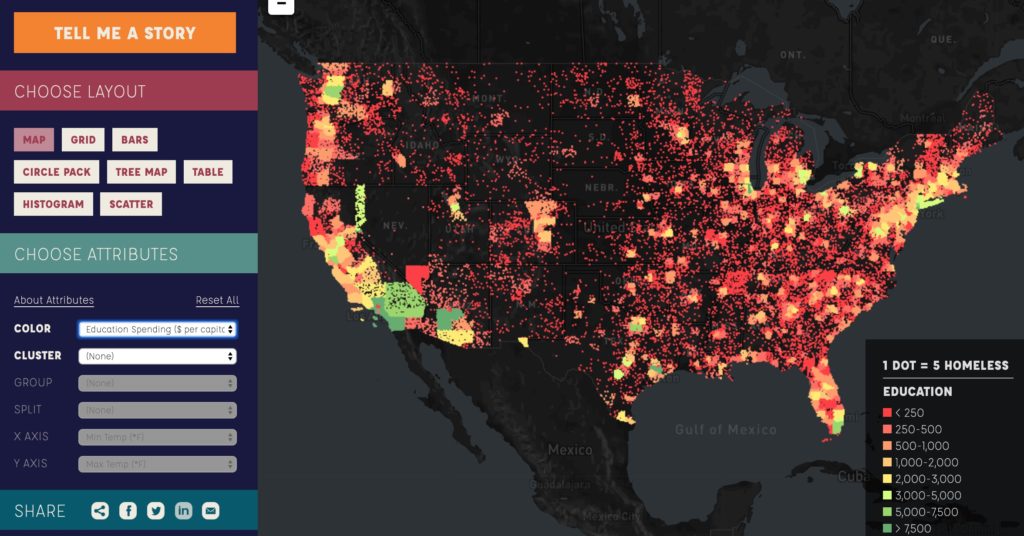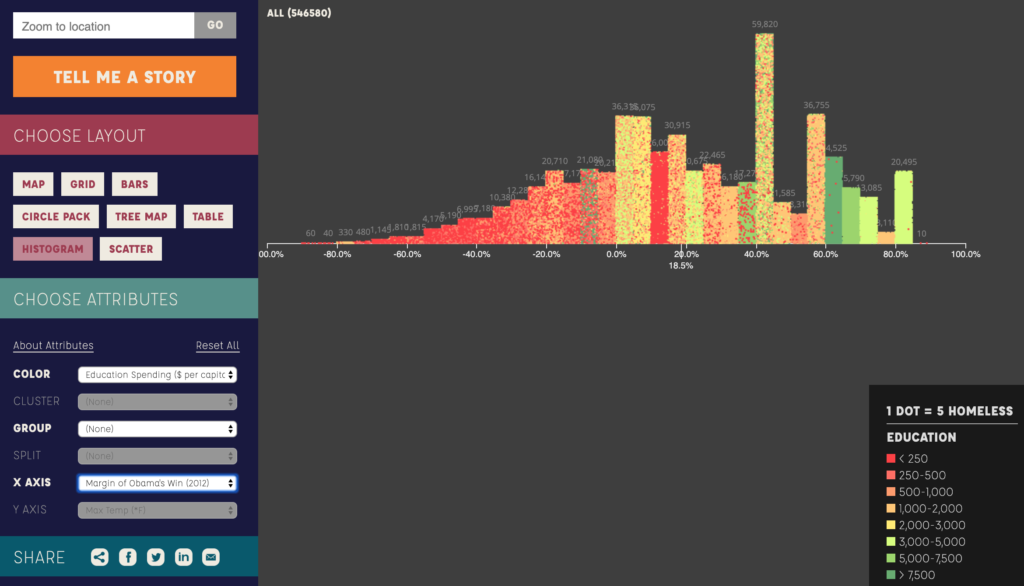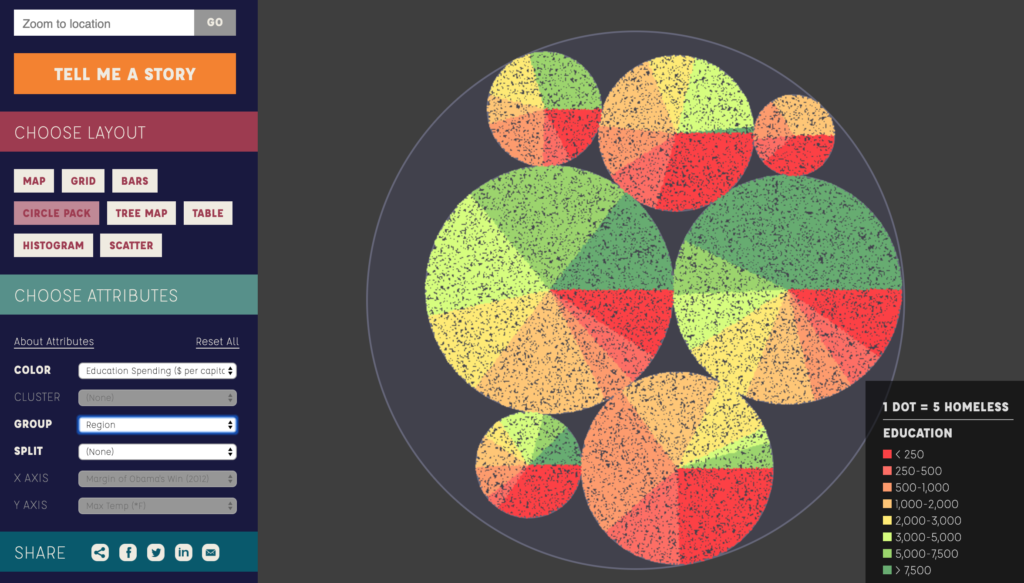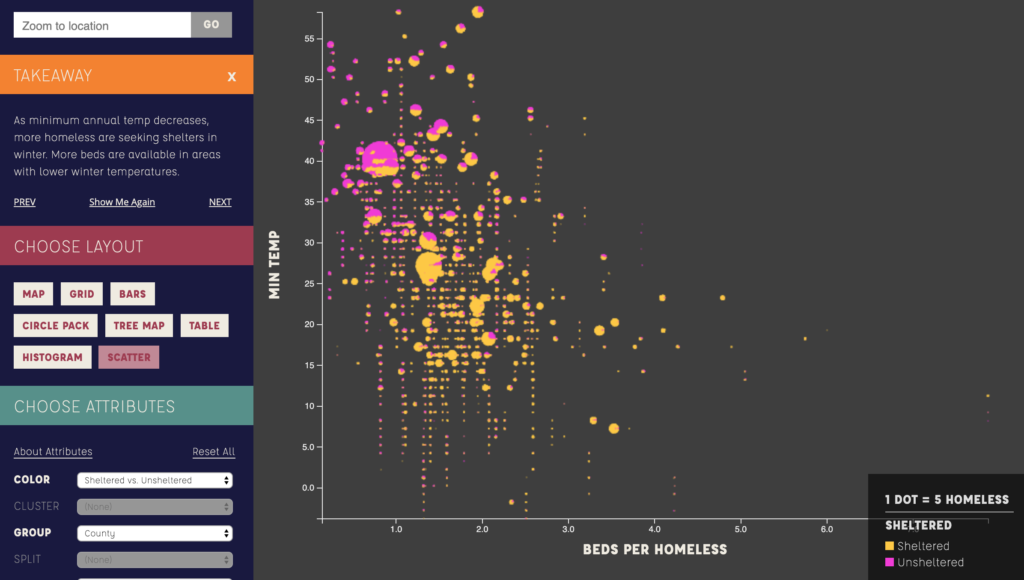Chatting with People
I was in constant communication with people over WhatsApp and IMessage throughout the day, including sharing a playlist I made on Spotify with two people who then both used it to run – which I’m sure Spotify noticed. Around 2 I logged into the MyFitnessPal app to enter what I’d eaten in the day, and was prompted to allow location access, which I said yes to without thinking, and then immediately paused to wonder why a nutrition app needs my location – so I went back into my app settings and turned off its location access, but at that point it would’ve already located me at least once today. I also checked the weather app frequently, which tracks my location.
Moving Around Town
To start, I wear a Fitbit every day, so my walk to my friend’s home for breakfast, my run, and my errands were all tracked, along with my location and heart rate.
At 2:30 I went for a run, and using Strava to track the run which absolutely takes my location/ route and stats, and listened to a playlist on Spotify, which I always listen to when I run, and which I know Spotify stores the statistics on (my annual roundup of most listened to music on Spotify is always a carbon copy of my workout playlist). On the run, I would’ve been recorded on multiple cameras, as I ran by MIT’s campus and multiple banks and retail buildings.
Later in the day I walked to Whole Foods for a few ingredients for dinners for the week, and paid using my credit card, which allows Whole Foods to identify my and add my purchases to their profile on me.
Around 8pm I then realized that I needed quick oats for a cookie recipe, so I ran out to the convenience store on the corner, which has security cameras that recorded me, and where I paid for my purchases with my credit card.
Getting Online
I googled the results of the Nevada caucus in the morning, and then immediately followed that with a google about what the process of the Nevada caucus is, which other states have caucuses instead of primaries, and then what the schedule of the next few primaries/caucuses are.
I checked the Data Storytelling website midday, including logging into WordPress, to get a sense of how to write this blog post, and then logged into my Outlook email, which I’m sure Microsoft timestamped/recorded. I then logged into google calendar to add several events to my week based on emails I was checking.
While I was cooking dinner, I logged into my sister’s amazon prime account to watch a show, which would have logged what I watched and for how long, as well as possibly my location(?) – I’m fairly sure amazon must know it was me and not my sister. I then also looked up a recipe I was following on a blog, and then re-googled the Nevada caucus, and results were still being reported.
Other Things
I wear a Fitbit every day, so my walk to my friend’s home for breakfast, my run, and my errands were all tracked, along with my location and heart rate.




